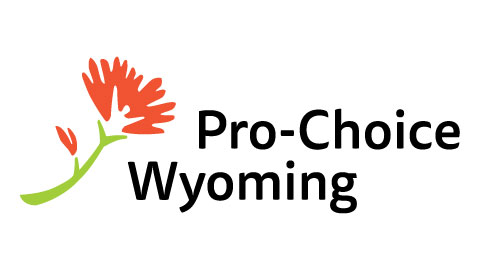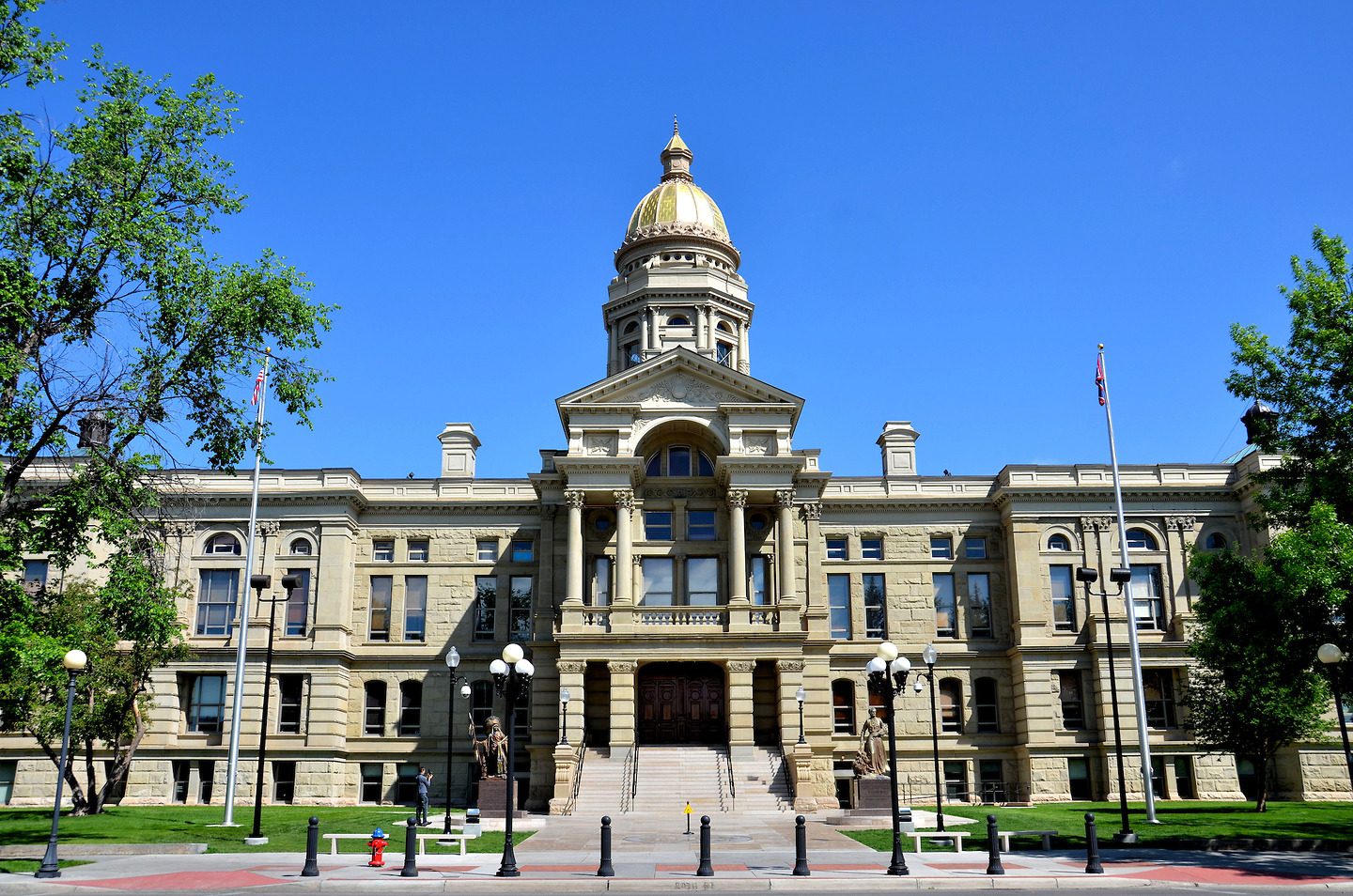Targeted regulation of abortion providers (TRAP) laws are burdensome, medically unnecessary regulations designed to shut down reproductive health care clinics and make it more difficult for people to access abortion.
All medical facilities, including abortion providers, already are subject to a number of health and safety requirements, both at the federal and local levels. All medical facilities should be held to the highest necessary safety standards, but TRAP laws unfairly impose requirements on abortion providers not imposed on other medical providers.
TRAP requirements have nothing to do with patient health and safety. The goal of TRAP laws is simple: to close abortion clinics by imposing on them excessive, unnecessary and costly regulations.
In 2016, the Supreme Court ruled against a Texas TRAP law in Whole Woman’s Health v. Hellerstedt, finding that the law’s requirements had no benefit to the women of Texas and, in fact, created a significant burden to accessing abortion. The ruling reaffirmed a person’s constitutional right and ability to access pre-viability abortion care (but did not automatically invalidate the other TRAP laws still on the books across the nation).
Pro-choice litigators and organizations are working to apply this reiterated standard to restrictions across the country. In the meantime, TRAP laws continue to limit people’s access to abortion care with medically unnecessary, anti-choice regulations.






